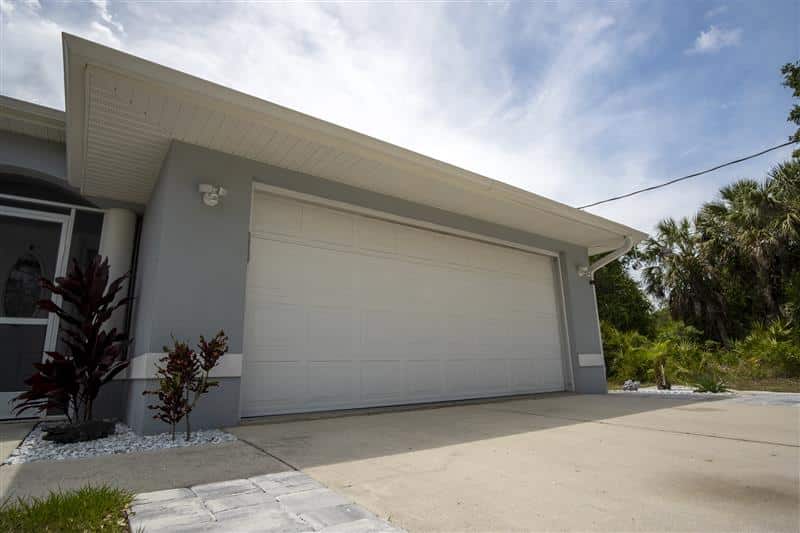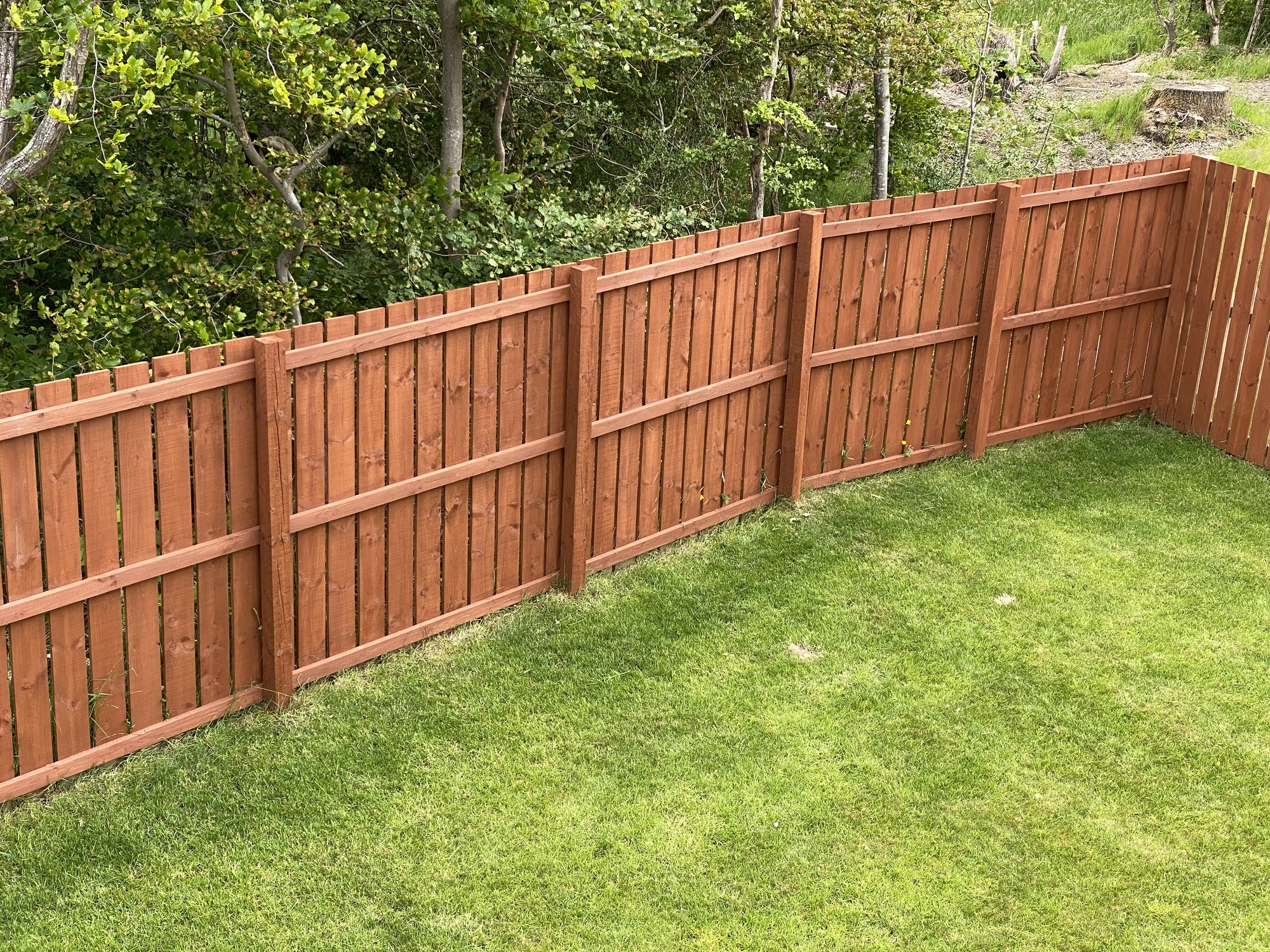Garage Door Maintenance Tips That Could Save Your Home in a Hurricane

When hurricane season arrives, your garage door is a crucial component of your home’s defense system. Because it is the biggest opening in most homes, compromising the garage door can create dangerous pressure, structural issues, and costly damage. Preventive maintenance will help avoid problems related to storms, maintain your building compliance, and reduce your insurance costs. Living in a severe weather-prone area means that preparing your garage door, a crucial addition to your safety, could be what ensures your safety when the storm begins in earnest.
Why Garage Door Maintenance Is Crucial During Hurricane Season
Garage doors are a vital component of the home’s pressure envelope. If the wind gets into this large opening, it can create upward forces strong enough to blow off your roof or collapse a wall. Failure of the garage door is one of the most frequent causes of structural loss from hurricanes, according to FEMA. Many older homes were built before existing wind-load requirements were imposed.
That likely means if your garage door is not rated or reinforced, it will not withstand Category 2 or 3 storm winds, let alone storms of higher categories. Even new doors need maintenance. They all have parts that can become loose, wear down, or corrode. When garage doors are not working properly, they can cause a disaster. Potential disasters could result in structural damage to walls and roofs, water infiltration into your house due to wind-driven rain, costly repairs, and security concerns. Preventive maintenance and bolstering your door will reduce future storm-related issues.
Inspect Key Components Before Storm Season Starts
Begin by completing a visual assessment of nearly all the critical elements of your garage door. Most homeowners can do this basic check because they do not need any special tools. The purpose of the check is to improve the odds of pinpointing potential wear, corrosion, or looseness before it becomes a more significant problem. The main parts of your garage door that you need to review include:
- Springs: Check for rust, fraying, and consistency in spacing.
- Cables: Look for noticeable wear, broken strands, and slack.
- Tracks: Confirm they do not have obstructions and are properly aligned, as well as rigidly fastened.
- Hinges and brackets: Tighten any loose hardware and look for cracks or rust.
- Weatherstripping: Review the bottom seal and all side strips for openings or rot.
- Windows: Check for cracked or loose glass.
- Battery Back-Up: If your opener comes with a battery back-up, test the battery to ensure it holds a charge.
- Spring and Cable Issues: For any issues involving springs and cables, contact a professional.
Reinforce Weak Points with Simple Upgrades
There are options to improve non-hurricane-rated garage doors. Depending on the option selected, many of them are relatively inexpensive and may not require complete replacement. Enhancements can be made to increase the performance of your garage door, helping it resist pressure and maintain the integrity of your home’s structure.
Some of the considerations for reinforcement include:
- Horizontal bracing kits: These will add steel supports (often referred to as stiffeners) across the door panels to help protect against bending or buckling under wind loads.
- Heavy-duty track systems: Standard tracks may not hold under hurricane conditions; reinforced versions add rigidity.
- Stronger mounting brackets: Upgraded fasteners and brackets anchor the door more securely to the frame.
- Wind-load retrofit kits: These are designed to cater to specific garage door models and sizes, meeting wind load requirements in older doors. Ensure it’s the right one for your door.
Before purchasing or installing any, check your local building codes to ensure compliance. Many counties have specific requirements for garage doors depending on your location or exposure. Check to see if your area requires permits for upgrades, and be sure to follow the correct procedure to ensure you have the necessary documentation for code compliance and insurance.
Clean and Lubricate To Keep Your System Storm-Ready
The best-reinforced door in the world won’t work correctly if it’s mistreated. Dirt, debris, and rust can impede operations at the very moment you need them the most. It’s always a good idea to clean and lubricate your garage door on a semi-annual basis to prolong its life and prevent breakdowns when it’s not convenient.
Cleaning tips:
- Wash the cart and truck doors with mild soap and water to remove salt, sand, and dirt.
- Use a soft cloth or a dry brush to remove dirt from the track system.
- Check drainage around the door thresholds to prevent pooling or erosion of the area.
Lubrication checklist:
- Use a silicone-based or garage-door-specific lubricant; never grease or motor oil.
- Lubricate the springs, hinges, rollers, and metal bearings to ensure smooth operation.
- Do not over-lubricate, or grease will attract dust and gum up the moving parts.
Proper maintenance of weatherstripping can prevent water leaks and intrusion. Inspect for any brittle, cracked, or damaged seals and replace them as needed. Ensure the seals make tight contact along the base of the door.
Test for Proper Function and Emergency Back-up
Storm season tends to bring power outages; therefore, your garage door opener needs to be able to operate manually in the event of an emergency, and the entire system must work properly when tested under normal conditions.
Begin with the balance test. Disconnect the opener and lift the door halfway. If the door moves up or down on its own, your springs may be out of balance. Second, you’ll want to perform the auto-reverse test. Place a small block beneath the door and lower the door with the opener. The door should reverse immediately when it hits the object.
Also, pull on the manual release cord to ensure it disengages, and verify that you can lift the door high enough by hand to allow family members to escape. If your opener has a battery backup, hold the button with the power off to confirm that the system works when needed. These steps ensure you’re not caught off guard during a hurricane evacuation or power loss.
A Little Maintenance Goes a Long Way
Your garage door is vital during hurricane season. Regular maintenance, including inspections, reinforcements, and testing, can prevent critical damage and help keep your home safe. For high-risk areas, it may be required to stay code-compliant. If your garage door is older or if you haven’t had it evaluated in a while, you may want to consider a professional evaluation. Taking these small steps today can help protect your home from damage, save you money, and help ease your mind before the next storm.



